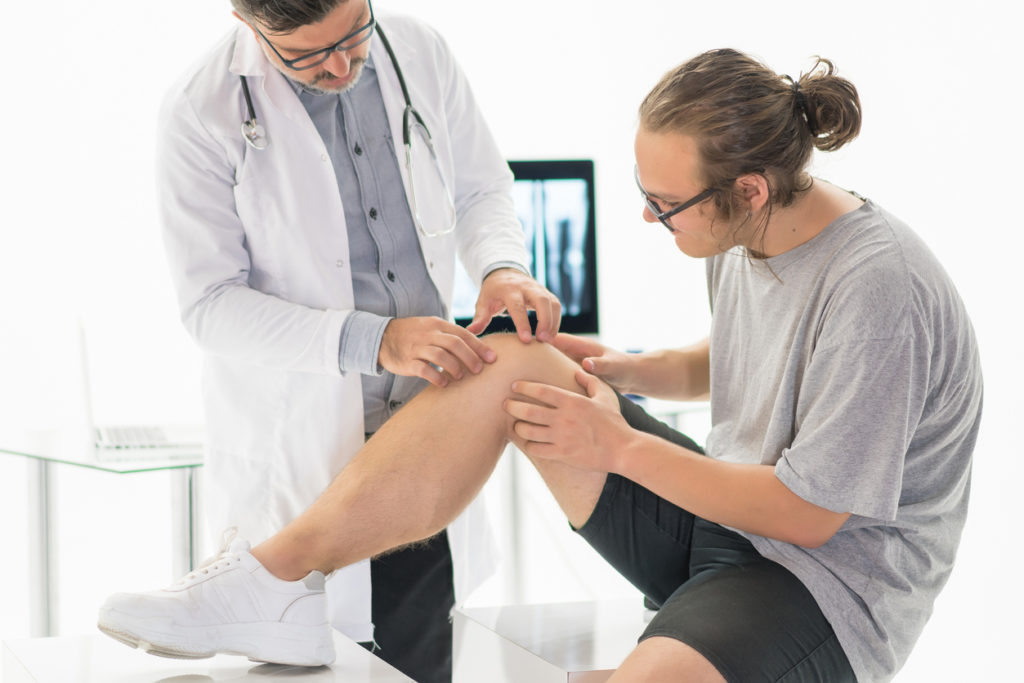Introduction:
Orthopedics stands as a beacon of hope for those grappling with musculoskeletal issues, offering specialized care to mend bones, joints, muscles, and more. This field encompasses a wide array of conditions and treatments, all aimed at improving mobility, alleviating pain, and ultimately enhancing the quality of life. In this comprehensive overview, we'll explore the essence of orthopedics, from its foundational principles to the cutting-edge techniques used by orthopedic specialists worldwide.
1. Understanding the Musculoskeletal System:
- Bones: The structural framework of the body, bones provide support, protection, and anchorage for muscles and organs.
- Joints: Articulations where two or more bones meet, enabling movement and flexibility.
- Muscles: Contractile tissues responsible for generating force and facilitating movement.
- Ligaments: Tough bands of connective tissue that stabilize joints by connecting bones to one another.
- Tendons: Fibrous cords that attach muscles to bones, transmitting the force generated by muscle contractions.
2. Common Orthopedic Conditions:
- Arthritis: A group of inflammatory joint disorders causing pain, stiffness, and swelling, often leading to reduced mobility and joint deformities.
- Fractures: Breaks or cracks in bones resulting from trauma, accidents, or underlying medical conditions.
- Sprains and Strains: Injuries to ligaments (sprains) or muscles and tendons (strains), typically caused by sudden twists, falls, or overexertion.
- Tendonitis: Inflammation of tendons due to repetitive motion, overuse, or injury, leading to pain and restricted movement.
3. Diagnostic Approaches:
- Imaging: X-rays, MRI scans, CT scans, and ultrasound are employed to visualize internal structures and pinpoint abnormalities.
- Physical Examination: Orthopedic specialists conduct comprehensive assessments, evaluating strength, range of motion, stability, and neurological function.
4. Treatment Modalities:
- Non-Surgical Options: Conservative treatments such as rest, physical therapy, medication, bracing, and injections are often utilized to manage orthopedic conditions and injuries.
- Surgical Interventions: When non-surgical methods prove ineffective or in cases of severe trauma or degeneration, surgical procedures may be warranted to repair, reconstruct, or replace damaged tissues or joints.
5. Advancements in Orthopedic Care:
- Minimally Invasive Surgery: Techniques such as arthroscopy enable surgeons to perform complex procedures through small incisions, resulting in less tissue damage, reduced pain, and quicker recovery times.
- Regenerative Medicine: Innovations in stem cell therapy, platelet-rich plasma (PRP) injections, and tissue engineering hold promise for promoting tissue repair and regeneration in orthopedic applications.
- Precision Medicine: Personalized treatment approaches tailored to individual patient characteristics, including genetic factors, biomechanics, and lifestyle considerations, are revolutionizing orthopedic care.
Conclusion:
Orthopedics embodies the intersection of science, compassion, and innovation, offering hope and healing to millions worldwide. Through a multidisciplinary approach that integrates medical expertise, technological advancements, and patient-centered care, orthopedic specialists strive to restore function, alleviate pain, and empower individuals to embrace life to the fullest. Whether overcoming an injury, managing a chronic condition, or pursuing peak performance, orthopedics remains steadfast in its mission to enhance mobility and restore lives





Comments